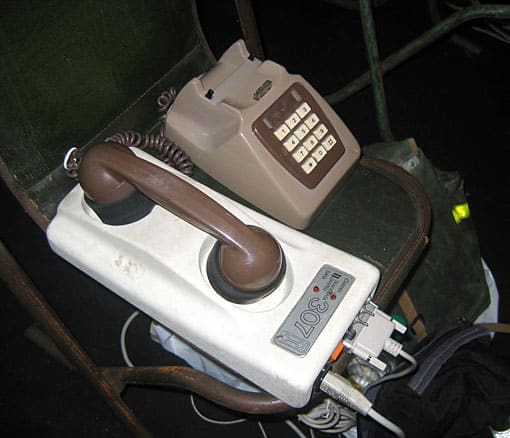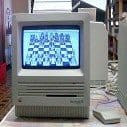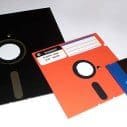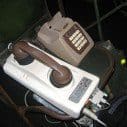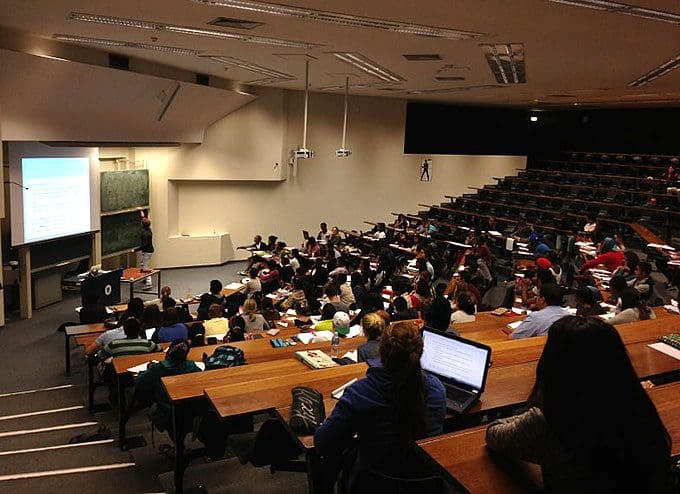Can you remember back to when you were a kid bedazzled by the futuristic gadgets you saw on the big and small screen?
I can. I was enthralled by the communication devices and phasers on Star Trek and the spy toys in the 007 films. This was the future and it captured our imaginations.
Now we see this future coming true before our eyes as technology develops at a rapid pace. The smartphones that most of us carry in our pockets are capable of trickery that even the most ambitious science fiction writers never imagined a couple of decades back. It all started humbly of course. The computer age started with a splutter as we struggled with the early hardware that found it hard to keep up with our imaginations. Many of us won’t be able to forget those strange clicks and bleeps as we used to connect onto a creaking internet down our old-school traditional phone lines. We then stared in amazement at slow clunky early websites as our phone bills went skywards.
25 years ago, dial up was the only way to connect to the internet and it was frustrating at best. Compare that to now where 68% of us use internet on the go. Pity some poor souls though as amazingly 9% of UK households still use dial up. Back in 1989 it was all so dreadfully slow at a measly 30 kb/s whereas today we are zipping along with the basic average UK broadband speed now 9.5Mb/s that’s 315 times faster.
Over the last 25 years we’ve witnessed and been part of a great leap forward in technology which is changing and shaping all our lives. To celebrate this revolution Markle Direct have created an interactive info graphic that shows us how technology has changed from yesteryear to today and there are some remarkable facts to get your head around.
We really are now entering a new age and looking forward we are now taking our first steps into an all new technological future. Today I was sent a press release about Microsoft’s yet to be released HoloLens which will bring holographic technology into our homes sometimes soon. This is supposed to make the Star Wars imagining of this future technology look a bit blurry and clumsy. Who knows what the next 25 years will bring.

